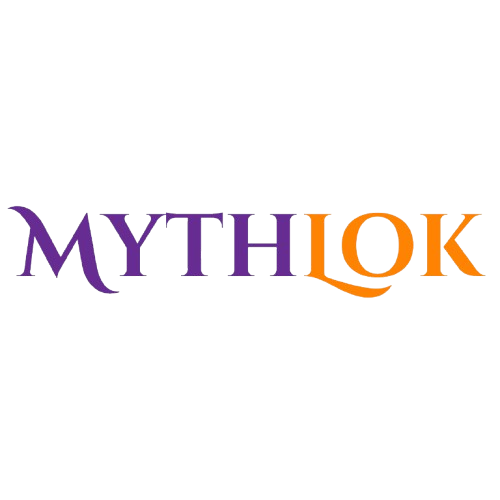La Llorona: A Cautionary Tale for the Ages
The mournful cry of La Llorona, the Weeping Woman, has echoed through Hispanic folklore for centuries. Her spectral figure, forever bound to an eternity of grief, has captivated and terrified audiences for generations. But is La Llorona real? The answer, like the wispy tendrils of mist said to surround her, lies not in fact, but in the enduring power of myth.
Origins Shrouded in Mystery
Pinpointing La Llorona’s exact origins is as challenging as chasing a phantom. Some trace her story back to Aztec mythology, where she might be linked to figures like Cihuacóatl, a goddess associated with childbirth and sacrifice. Others believe her legend arrived with the Spanish conquistadors, echoing European folktales of wailing spirits like the Celtic banshee.
The earliest documented mention of La Llorona in Mexico appears around 1550, though the narrative undoubtedly existed in oral tradition long before. This rich tapestry of influences creates a complex and evolving character, forever adapting to reflect the anxieties and social realities of the communities that tell her story.
Variations on a Theme of Loss
The core of La Llorona’s legend revolves around a woman who, in a fit of rage or despair, drowns her own children. Consumed by remorse, she becomes a wandering soul, forever searching for them in the afterlife, condemned to eternally repeat her tragic act.
The specifics of her story vary greatly. In some versions, she’s a woman scorned by a lover, in others a wife driven mad by jealousy. Some tales portray her as a vengeful spirit, preying on children near water, while others depict a mournful soul seeking solace.
A Cautionary Tale with Cultural Significance
La Llorona serves as a powerful cautionary tale. She embodies the dangers of unchecked emotions, particularly those associated with motherhood. Her story reminds parents of their responsibility and warns children of the perils of disobedience, especially around water.
Beyond its practical applications, La Llorona’s myth delves into deeper themes of loss, grief, and the heavy burden of regret. It reflects the universal human struggle to come to terms with past mistakes and the enduring power of a mother’s love, even in the face of tragedy.
La Llorona in the Modern World
The legend of La Llorona is far from a relic of the past. Her story continues to be retold in literature, film, and even video games. It serves as a potent symbol in Chicano art, representing the struggles of marginalized communities and the lingering effects of colonialism.
The Allure of the Unseen
The question of La Llorona’s literal existence might seem irrelevant. The true power of her myth lies in its ability to resonate with audiences on a deeper level. Her story taps into primal fears of the unknown, the darkness, and the fragility of life. Like all good ghost stories, La Llorona leaves us questioning the boundaries between reality and the supernatural, the seen and the unseen.
The Legacy of the Weeping Woman
Whether a spectral embodiment of grief or a potent cultural symbol, La Llorona’s enduring legacy lies in her ability to connect with us. Her cries echo not just through the night, but within the human heart, reminding us of the fragility of life and the enduring power of stories.
No posts were found.

